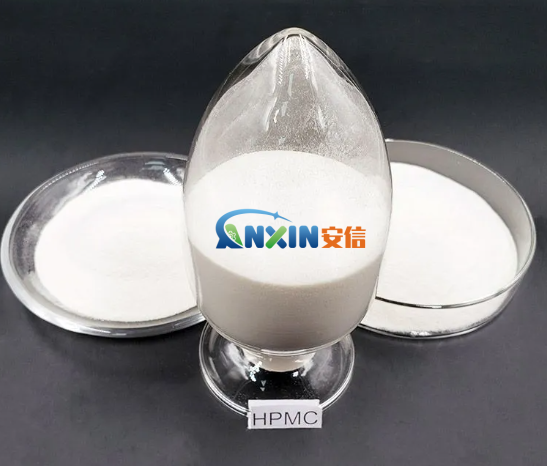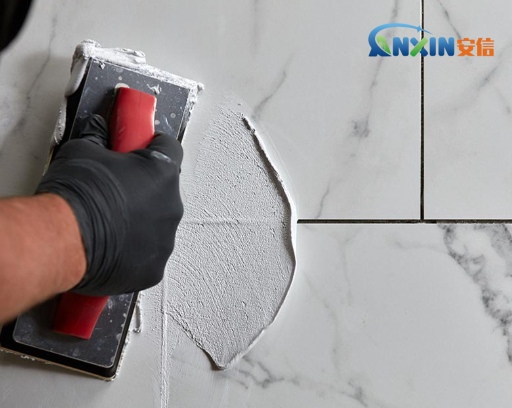Relationship between HPMC and tile grout
1. Introduction to Hydroxypropyl Methylcellulose (HPMC)
Hydroxypropyl Methylcellulose (HPMC) is a non-ionic cellulose ether widely used in building materials, medicine, food, daily chemicals and other industries. It is made of natural polymer materials through chemical modification and has good water solubility, thickening, water retention, film-forming and suspension stability. In the field of building materials, HPMC is mainly used in dry mortar, tile adhesive, putty powder, grout, etc. to improve construction performance and enhance the quality of the final product.
2. Function and composition of tile grout
Tile grout is a material used to fill the gap between tiles, which has the functions of enhancing aesthetics, waterproofness, mildew resistance and crack resistance. The main components of grout include:
Cement or resin: as the main bonding material, providing strength and hardness;
Filler: such as quartz sand, calcium carbonate, etc., used to improve the wear resistance and structural stability of the grout;
Additives: such as HPMC, latex powder, pigment, etc., which give the grout good construction performance, water retention, shrinkage resistance and durability.
3. The role of HPMC in tile grout
Although the amount of HPMC added to tile grout is small, its role is crucial, mainly reflected in the following aspects:
(1) Water retention
HPMC has excellent water retention capacity. In the grout, it can delay water evaporation, improve the hydration efficiency of cement, fully hydrate cement, improve the adhesion and strength of the grout, and reduce cracking and powdering caused by rapid water loss.
(2) Improve construction performance
HPMC can enhance the rheology of the grout, make the slurry easier to stir and apply, improve the smoothness of construction, and avoid problems such as agglomeration and sagging during construction. In addition, it can extend the construction time, giving workers more time to adjust and improve construction quality.
(3) Prevent cracking and shrinkage
The grout is prone to shrinkage and cracking due to rapid evaporation of water during the hardening process. The water retention effect of HPMC can effectively reduce this risk, maintain the structural stability of the grout, reduce the generation of microcracks, and improve the grouting effect.
(4) Enhance anti-sagging property
During vertical construction (such as wall caulking), the caulking agent is prone to slide down or sag due to gravity. HPMC adjusts the rheological properties of the caulking agent and improves its thixotropy, so that it maintains a high viscosity in a static state, and restores fluidity during stirring or construction operations, thereby reducing the sag problem and improving construction efficiency.
(5) Improve freeze-thaw resistance and weather resistance
HPMC can improve the caulking agent’s ability to resist freeze-thaw cycles, so that it remains stable in low temperature environments and is not easy to powder or fall off. At the same time, it can also enhance the caulking agent’s weather resistance, so that it can still maintain good performance under harsh conditions such as humidity and ultraviolet radiation, and extend its service life.
4. Factors affecting the performance of HPMC
Parameters such as HPMC’s molecular weight, degree of substitution, and viscosity will affect the final performance of the caulking agent. Generally speaking:
Higher viscosity HPMC can provide stronger thickening and water retention, but may reduce fluidity;
Appropriate degree of substitution (methoxy and hydroxypropyl content) can improve solubility and ensure the uniformity of the caulking agent;
Appropriate dosage can optimize the workability and durability of the caulking agent, but excessive dosage may lead to excessive viscosity, affecting construction and strength development.
As a key additive in tile caulking agents, HPMC mainly improves the quality of caulking agents by improving water retention, improving construction performance, and enhancing shrinkage resistance and durability. Reasonable selection of HPMC varieties and dosages can optimize the performance of caulking agents, ensure smooth construction, and enhance the final decorative and protective effects. Therefore, in the formulation design of tile caulking agents, the selection and application of HPMC are crucial.
Post time: Mar-24-2025

